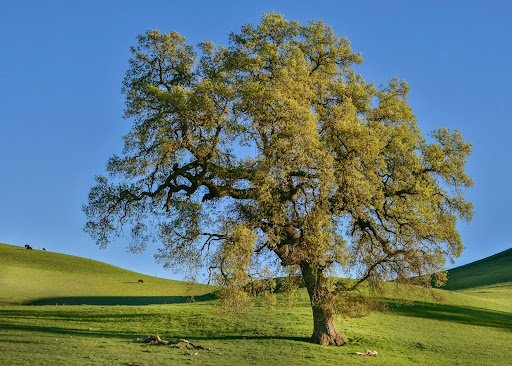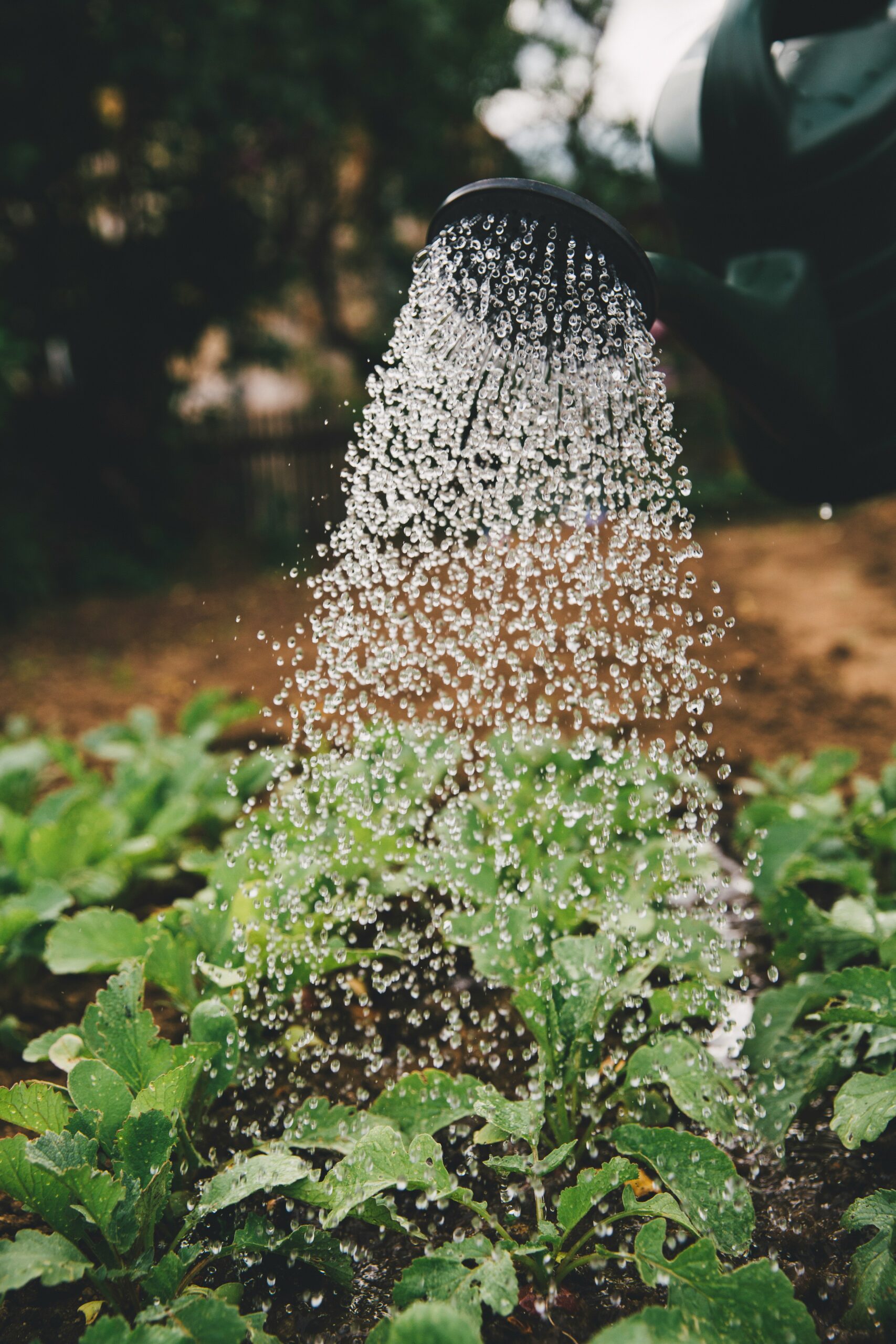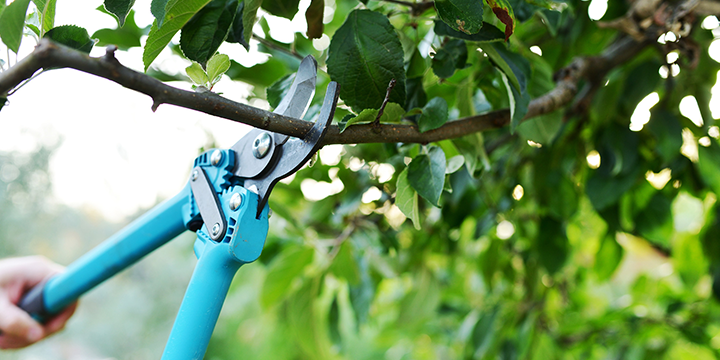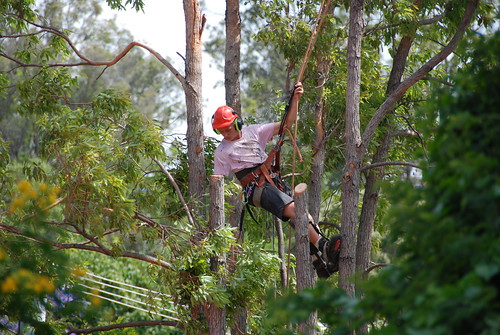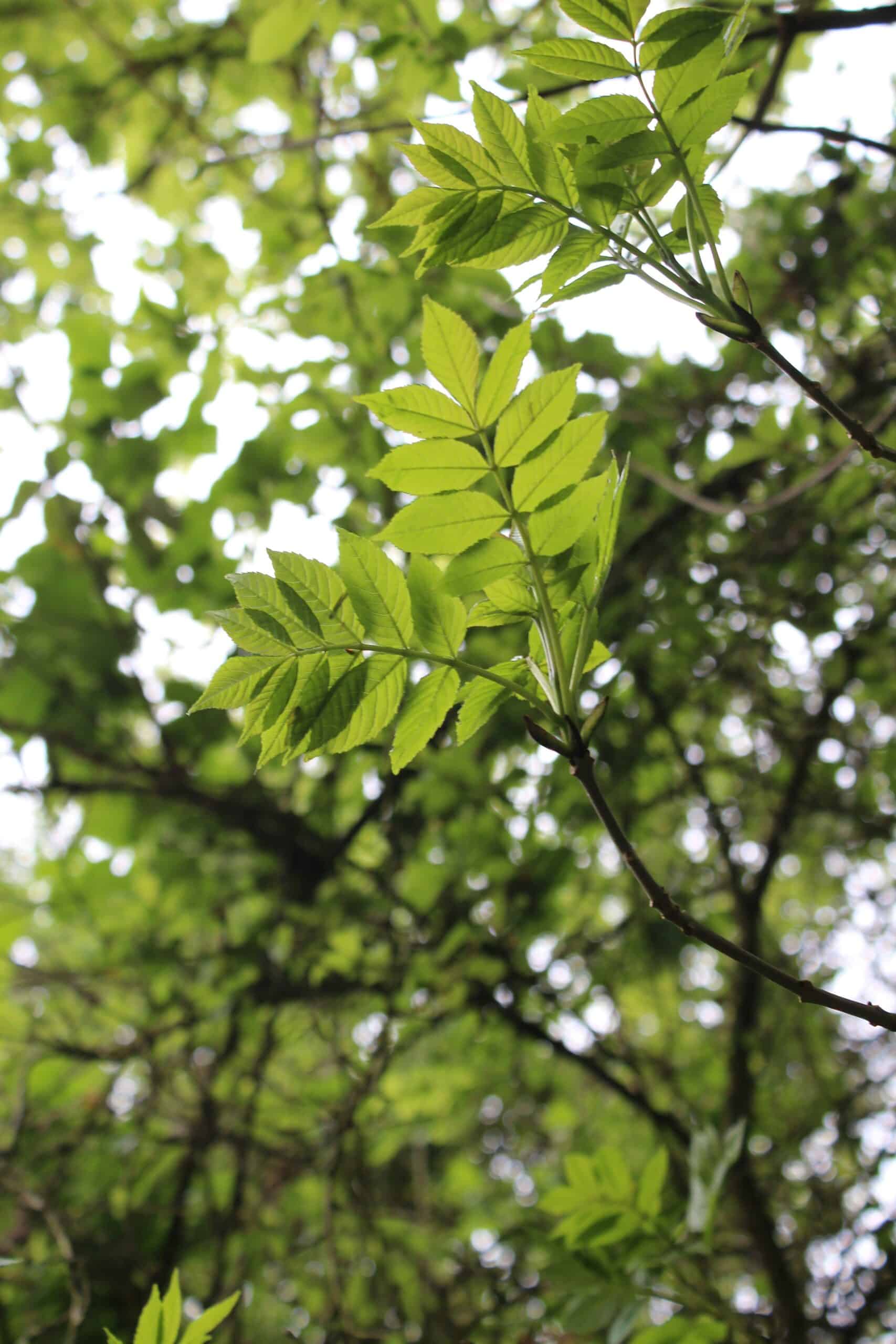
Date May 09, 2025
Category
The Complete Guide to Tree Pruning and Trimming
Trees are a vital part of any landscape. They provide beauty, shade, and environmental benefits, but without proper care, they can become overgrown, unsightly, or even hazardous. Two of the most essential services for maintaining healthy, attractive trees are tree pruning and trimming. While the terms are often used interchangeably, they serve different purposes and involve different techniques. In this comprehensive guide, we will explore the differences between pruning and trimming, the benefits of each, and why trusting ISA Certified Arborists like those at TreeNewal is key to protecting your landscape investment.
Photo by Karen Cann on Unsplash
What Is Tree Pruning?
Tree pruning refers to the precise removal of specific branches or stems to benefit the overall health, structure, and appearance of a tree. Pruning targets problem areas such as dead, diseased, or structurally weak limbs, and is performed with the goal of enhancing tree health and safety.
Left alone, trees can develop uneven or wild growth, potentially leading to structural instability, blocked pathways, or excessive competition for sunlight and nutrients. Strategic pruning helps eliminate these issues before they compromise the tree’s appearance or integrity.
Pruning is both an art and a science. Remove too much, and you risk shocking the tree; cut too little, and problem areas may persist. That’s why it is essential to use proper techniques and timing.
Advanced Pruning Techniques
ISA-certified arborists at TreeNewal employ several advanced pruning methods tailored to the needs of each tree:
Common Tree Pruning Techniques and Their Benefits
Different pruning techniques serve different purposes depending on a tree’s age, condition, and location. Each cut made by a certified arborist has a purpose—and when done correctly, pruning can dramatically improve a tree’s health, structure, and appearance. Below are the most commonly used pruning methods and what they aim to accomplish:
Structural Pruning
Structural pruning is especially important for young and developing trees. This technique promotes strong, healthy growth by removing structurally unsound branches, such as those that are crossing, growing at narrow angles, or competing with the main trunk (the central leader). By establishing a clear central leader and evenly spaced branches early on, structural pruning helps trees grow with a solid framework that reduces the risk of future limb failure and promotes long-term health and stability.
Restorative Pruning
Trees that have been neglected, improperly pruned, or damaged by storms often benefit from restorative pruning. This method involves carefully removing deadwood, damaged limbs, and overgrown or tangled branches that disrupt the tree’s natural form. By opening up the canopy and eliminating weak growth, restorative pruning revitalizes the tree’s appearance and improves its access to sunlight and airflow, setting the stage for new, healthy development.
Ornamental and Aesthetic Pruning
For homeowners and property managers looking to enhance curb appeal, ornamental or aesthetic pruning offers a solution that balances beauty with structure. This type of pruning focuses on refining the tree’s natural shape by reducing crown density, shortening overextended branches, or making selective cuts that enhance symmetry. The goal is to improve the overall visual appeal of the tree while preserving its health and ensuring its structural integrity.
Crown cleaning involves the removal of dead, diseased, or broken branches from within the canopy. These problem branches can become entry points for pests and disease or fall off during storms, posing a safety risk. Removing them redirects the tree’s energy toward healthier parts of the canopy, encouraging more vigorous growth and minimizing the risk of further damage.
Crown Thinning
By selectively removing branches throughout the crown, arborists perform crown thinning to reduce weight, improve airflow, and allow more light to pass through the canopy. This method is particularly effective for trees with dense foliage, as improved air circulation helps lower the risk of fungal infections and encourages interior growth, which balances the tree’s overall form and vitality.
Crown Raising
Crown raising lifts the lower canopy of a tree by removing the lowest branches. This is often done to provide clearance for pedestrians, vehicles, buildings, or signage. It’s also useful in landscape design to increase light availability to plants growing beneath the tree. When done properly, crown raising preserves the tree’s balance while improving accessibility and safety.
Crown Reduction
Crown reduction is used when a tree has grown too large for its space, especially near buildings or power lines. This method reduces the overall height and spread of the crown without compromising the tree’s natural shape or stability. It’s a more conservative alternative to topping, which can damage a tree and lead to decline. Proper crown reduction is complex and should always be performed by an ISA-certified arborist to avoid harm to the tree’s structure and health.
These refined techniques demonstrate the skill and precision required for effective tree care. Whether you’re managing a single tree or an entire landscape, choosing the right pruning method—and executing it at the right time—can make all the difference in preserving tree health and maximizing landscape beauty.
What Is Tree Trimming?
Tree trimming is a form of routine maintenance that keeps trees aesthetically pleasing and manageable. Trimming involves cutting back overgrown twigs, branches, or limbs to maintain a desired shape or size and is often done for purely cosmetic reasons or to prevent interference with buildings, power lines, or sidewalks.
Trimming is typically done more frequently than pruning and can be performed as part of seasonal landscaping or as needed for specific visual outcomes.
Tree Trimming Tips and Tools
For those considering a DIY approach, understanding the essentials of tree trimming is key:
- Wear Protective Gear: Use safety goggles, gloves, a helmet, and long sleeves to prevent injury.
- Choose the Right Tools:
- Hand Shears: For trimming small branches and twigs.
- Loppers: Great for branches up to 1.5 inches thick.
- Pruning Saw: Ideal for medium-sized branches.
- Chainsaw: Necessary for cutting larger limbs.
- Use the Three-Cut Method: Helps prevent bark tearing when removing large branches.
- Know Where to Cut: Always assess the tree before starting. Remove dead, diseased, or damaged limbs first. Avoid trimming too close to the trunk.
However, DIY trimming carries risks. It can stress the tree if done improperly, or result in an imbalanced appearance. That’s where the expertise of a professional arborist is especially valuable.
When to Prune and Trim Trees
Proper timing is just as important as proper technique. Different seasons offer different benefits and risks:
- Winter: Best time for structural pruning since most trees are dormant. Cuts are less stressful, and it’s easier to see the tree’s framework without leaves.
- Spring: Avoid heavy pruning, as trees are actively growing and may lose too much sap. Light shaping or ornamental trimming is fine.
- Summer: Ideal for controlling growth and maintaining shape. Slows down future growth if the tree is becoming too large.
- Fall: Generally not recommended for pruning, as cuts can take longer to heal and trees are more susceptible to disease. Only prune in fall to remove dangerous or damaged limbs.
The Role of Tree Pruning and Trimming in Tree Health
Tree pruning and trimming are essential maintenance practices that go far beyond aesthetics. While shaping trees for a neat, attractive appearance is certainly a benefit, the real value lies in how these practices contribute to the tree’s overall health, structure, and longevity.
Pruning helps promote healthy growth by removing problem limbs such as dead, diseased, or pest-infested branches. These limbs not only drain energy from the tree but can also serve as entry points for decay and infection. By removing them, arborists help the tree focus its resources on the healthiest and most vital parts.
Trimming improves air circulation and sunlight exposure, especially in dense canopies. Better airflow reduces moisture buildup within the branches—an environment where mold and fungi can thrive. Increased sunlight, on the other hand, supports robust photosynthesis, which leads to stronger, healthier growth throughout the tree.
Another major benefit is disease prevention. When diseased branches are trimmed promptly and properly, it helps stop the spread of harmful pathogens to other parts of the tree or nearby plants. This proactive approach can be the difference between a thriving landscape and a costly tree removal down the line.
Structural strength is another key advantage. Strategic pruning can encourage the development of a strong central leader and well-balanced branch distribution, especially in young trees. This reduces the risk of future issues such as split trunks or weak limb attachments.
During storm season, pruning helps reduce the risk of limb failure. By removing overextended or poorly attached branches, you minimize the likelihood of damage from high winds, ice, or heavy rain. This not only protects the tree but also nearby property and people.
A well-maintained tree is also more likely to produce vibrant foliage and flowering. Regular pruning supports consistent nutrient flow and sunlight access to flowering and leaf-producing parts of the tree, resulting in lusher canopies and more colorful blooms.
Lastly, pruning and trimming conserve vital resources like water and nutrients. By eliminating unnecessary growth, the tree can direct these resources more efficiently to its most productive limbs. This makes the tree more resilient to drought, environmental stress, and even pests.
In short, tree pruning and trimming are foundational to cultivating healthy, beautiful, and safe trees that thrive for decades.
Why Hire an ISA Certified Arborist?
While homeowners may be tempted to tackle pruning or trimming on their own, working with a certified arborist ensures the job is done safely and correctly. ISA Certified Arborists:
- Have specialized training in tree biology, care, and safety
- Can identify and address potential issues early
- Use proper techniques to minimize tree stress
- Provide tailored plans for tree health and aesthetics
- Offer emergency care in the event of storm damage
TreeNewal’s team of certified experts brings years of experience and professional-grade tools to every job. Whether your tree needs a light trim or a complex structural overhaul, we deliver high-quality results that support long-term health and beauty.
Make Tree Care a Priority
Tree pruning and trimming are crucial elements of landscape care that should never be overlooked. These practices not only improve the appearance of your trees but also contribute to their longevity, safety, and health. With proper timing, technique, and expert care, trees can thrive and continue enhancing your property for generations.
At TreeNewal, we specialize in delivering comprehensive tree care solutions, from precision pruning and trimming to full-scale tree management plans. Contact our team today to schedule a consultation and give your trees the expert care they deserve.
